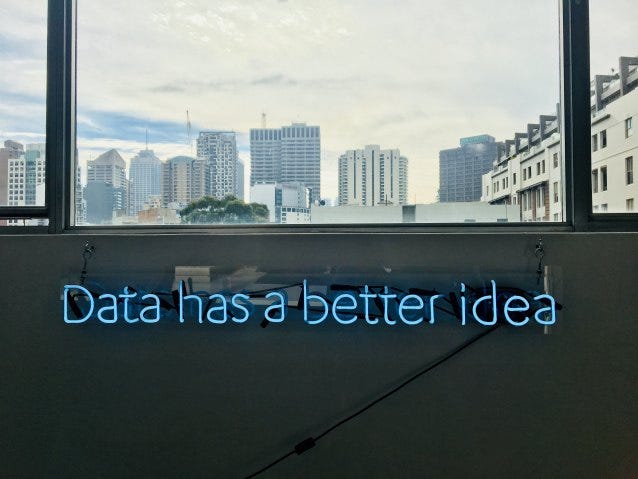Gee, Male: Using My Inbox As a Window To Gender Bias
Gee, Male: Using My Inbox As a Window To Gender Bias
If you can’t see it, you can’t be it. That’s why role models and representation is so important in changing the ratios of tech as we seek to build a more inclusive community that resembles society, and not our industry stereotypes. Last night I attended an
If you don’t know her, you can’t fund her. A few years back Google Ventures’ partner Rick Klau ran an experiment on his Twitter follow list and noticed he underfollowed women because his phone contact list (what is often used to bootstrap social graphs) biased male. He took steps to fix it.
Rick’s project reminded me of studies to better quantify representation, namely the
If you don’t communicate with her, you can’t work with her. My inbox and my calendar are the ground truth for where I spend my time and attention. Unfortunately they still gives me very little feedback to understand, or even improve, these allocations. What does this have to do with gender? Well, both Gmail and Google Calendar should be able to provide summary level stats of the amount of time (meetings, email) that I spend with men vs women. What percentage of my meetings don’t include a woman. What are the words I tend to use in communications with women vs me vs mixed gender threads. And a host of other data that could expose me to unconscious bias and help me change my behavior over time.
But where does the gender data come from? As I understand it, Google+ profiles supporta wide expression of gender identities. As a Gmail user you already have a Google Account/Profile regardless of whether it’s publicly available or not. Letting people opt-in to contributing their gender data for this research could be an easy call to action. Especially if Google is thoughtful about pronoun usage. Even without user contributed data, I’m fairly certain Google could use names, Gmail text and your Google cookie to make some assumptions about gender. I’m not suggesting that they “prefill” your gender identity in a way that presents to anyone generally -or- that the gender interaction data I suggest tracking above is available in any individually-specific/PII manner — just in aggregate.


Gender research isn’t an area that I hold any expertise in — probably naive somewhat to be honest — but I’m curious if this type of data collection and presentation would be useful and what some of the design considerations should/could be in order to maximize effectiveness without creating any harm.
